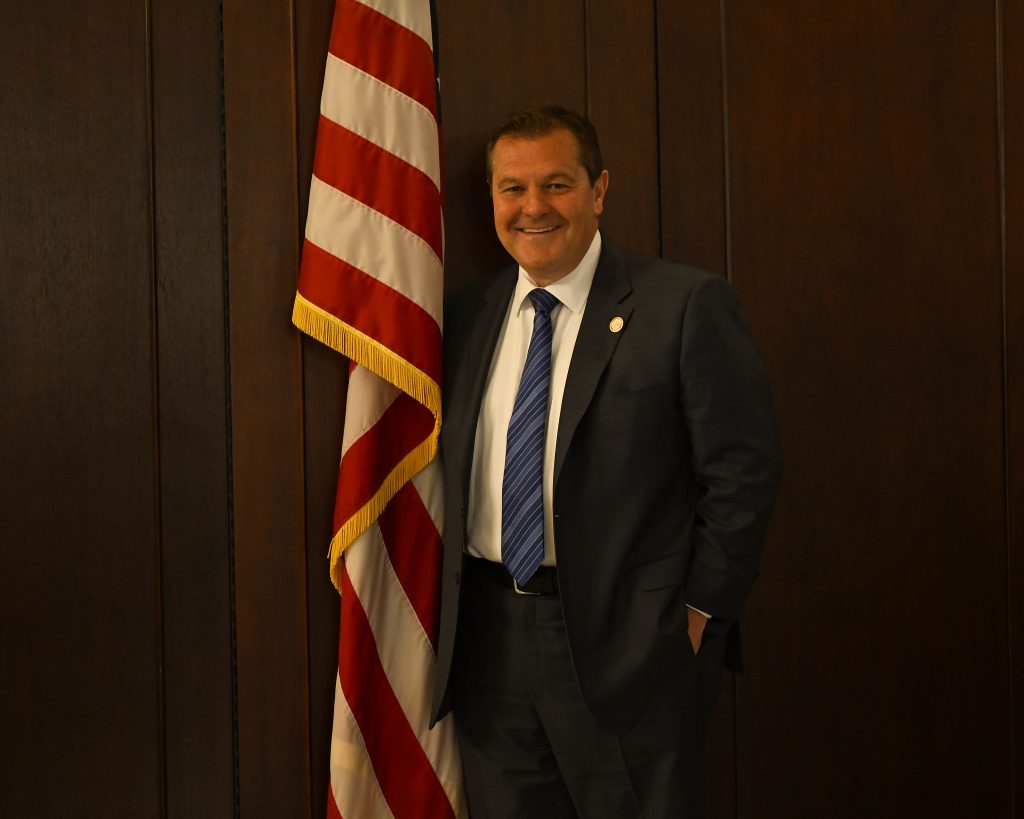“Standing as I do, with my hand upon this staff, and under the folds of the American flag, I ask you to stand by me so long as I stand by it.”
– Abraham Lincoln
The United States flag is celebrated each year on Flag Day, June 14, to commemorate the day the official flag act resolution was adopted in 1777.
The Second Continental Congress adopted this resolution on June 14, 1777, which stated that the official American Flag should have thirteen stripes, alternating between red and white, thirteen stars, to represent the states in the union, and a blue field to represent this new constellation.
Before the resolution was adopted, during the American Revolutionary War, some of the colonies were fighting under different flags, versus being a united front under one flag. In June of 1775, the “Grand Union Flag”, was informally adopted and used as the “first” official American flag, until the adoption of the flag act resolution in 1777, so the colonists could all fight united under one flag. This flag contained the Flag of Great Britain in the left-hand corner, with thirteen vertical stripes, alternating between red and white.

Before Flag Day was an official holiday, different states took up varying ways to show their appreciation for the American flag. The first celebration dates back to 1861 in Hartford, Connecticut when a resident, Victor Morris urged the members of his community to celebrate the 84th anniversary of the adoption of the flag act resolution.
In 1885, Wisconsin native and teacher, B.J. Cigrand, shared the same passion as Morris and challenged his students to write an essay about what the American flag meant to them. Then following in Wisconsin’s footsteps in 1889, another fellow educator, George Balch from New York City, also established a Flag Day project. His project became so popular that the state of New York adopted it and circulated it to schools to incorporate it into their curriculum state-wide.
After hearing about the ceremonies to memorialize Flag Day, a Philadelphia historian also joined in on commemorating June 14 as Flag Day and assembled a gathering at the town square in 1893, where students sang patriotic songs and waved small American Flags. The largest of the Flag Day gatherings took place in 1894, in Chicago when the American Flag Association organized the first public school Flag Day celebration, drawing in over 300,000 student participants.
After years of informal celebrations, President Woodrow Wilson issued a proclamation in 1916 naming June 14 as Flag Day, but the federal government did not officially mark the holiday until 1949 when President Harry Truman signed an Act of Congress, designating June 14 as a national holiday to honor Flag Day.
To date, Pennsylvania is the only state that marks June 14 as a state holiday and closes government offices, whereas all other states conduct business as usual. Annually, the president of the United States will observe the holiday by delivering an address discussing the history of the American flag. The tradition of presidents addressing the nation on Flag Day was started by President Woodrow Wilson. Many towns and cities across the country continue to hold events to also commemorate the holiday.
Planning underway for America’s 250th Birthday
In less than three years, the United States will commemorate its 250th birthday, or Semiquincentennial, celebration. The Declaration of Independence was signed on July 4, 1776, with the nation’s 250th birthday officially being recognized on July 4, 2026. The journey toward this historic milestone is an opportunity to pause and reflect on our nation’s past, honor the contributions of all Americans, and look ahead toward the future for the next generation and beyond. Read more…
